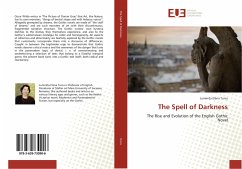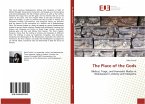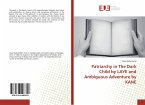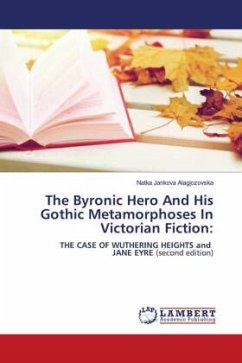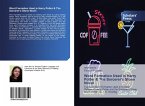Oscar Wilde writes in "The Picture of Dorian Gray" that Art, like Nature, has its own monsters, "things of bestial shape and with hideous voices". Allegedly prompted by dreams, the Gothic novels are made of "the stuff of dreams" and are such monsters of art with their discontinuous, fragmented narrative structure. The Gothic writers' own hysteria testifies to the dismay they themselves experience, and also to the Gothic's subterranean nostalgia for order and homogeneity. All aspects of otherness and abnormality are fearfully explored by the Gothic novels that customarily incorporate them into a discourse of differences. Caught in between the legitimate urge to demonstrate that Gothic novels deserve critical notice and the awareness of the danger that lurks in the postmodern logic of denial, i. e. of overestimating and aestheticising a selection of texts that belong to a (fatally) marginal genre, the present book turns into a Gothic text itself: both radical and reactionary.
Bitte wählen Sie Ihr Anliegen aus.
Rechnungen
Retourenschein anfordern
Bestellstatus
Storno

